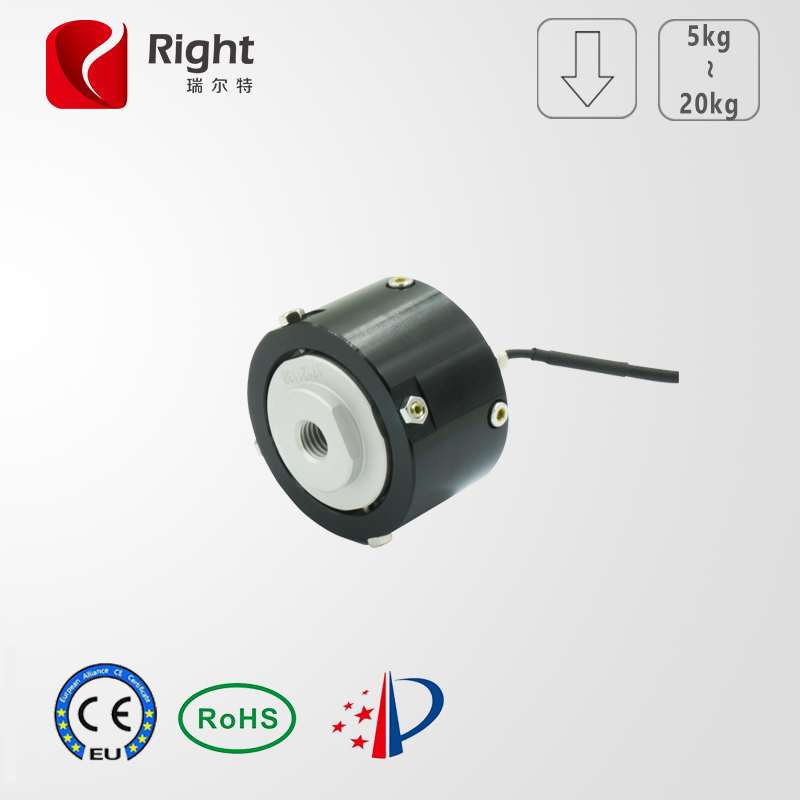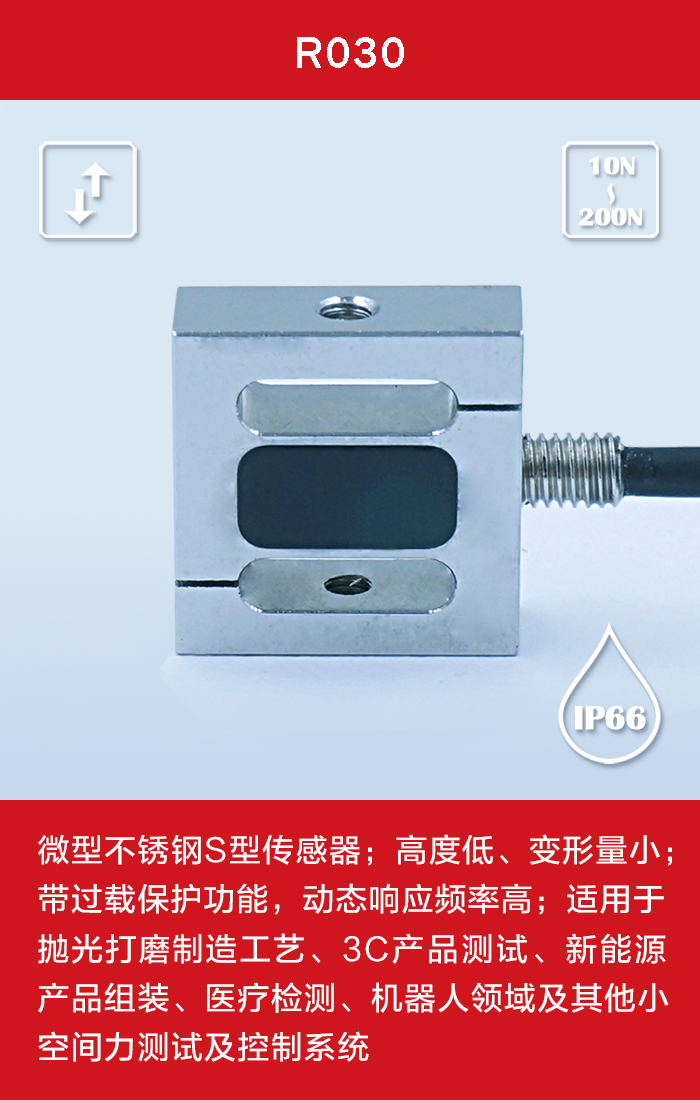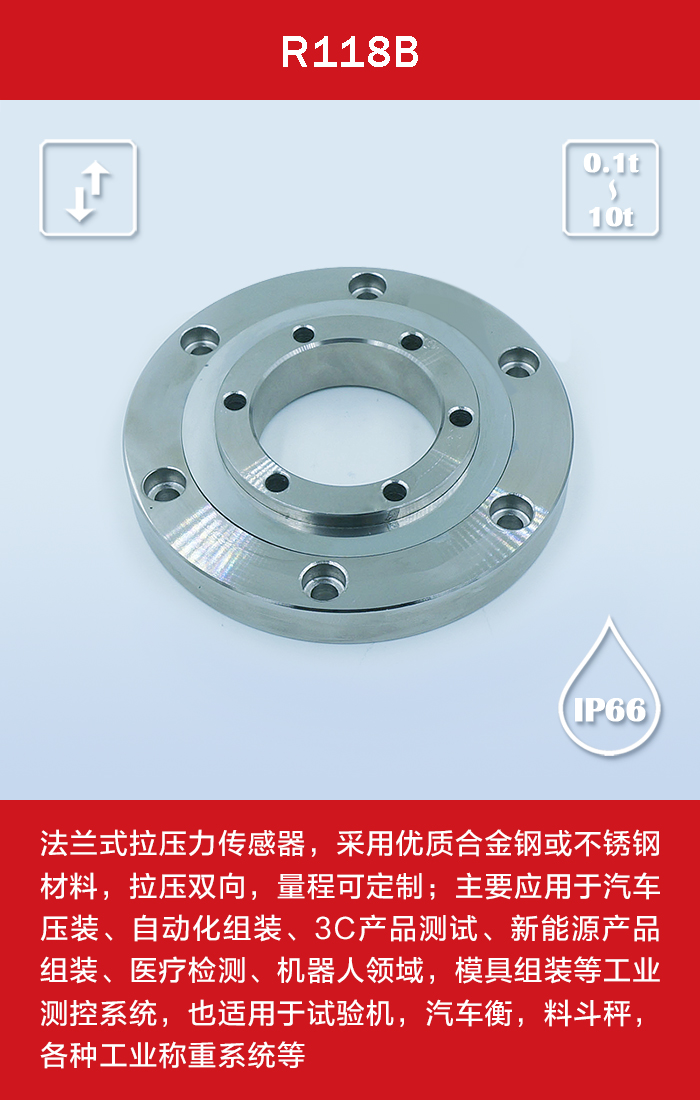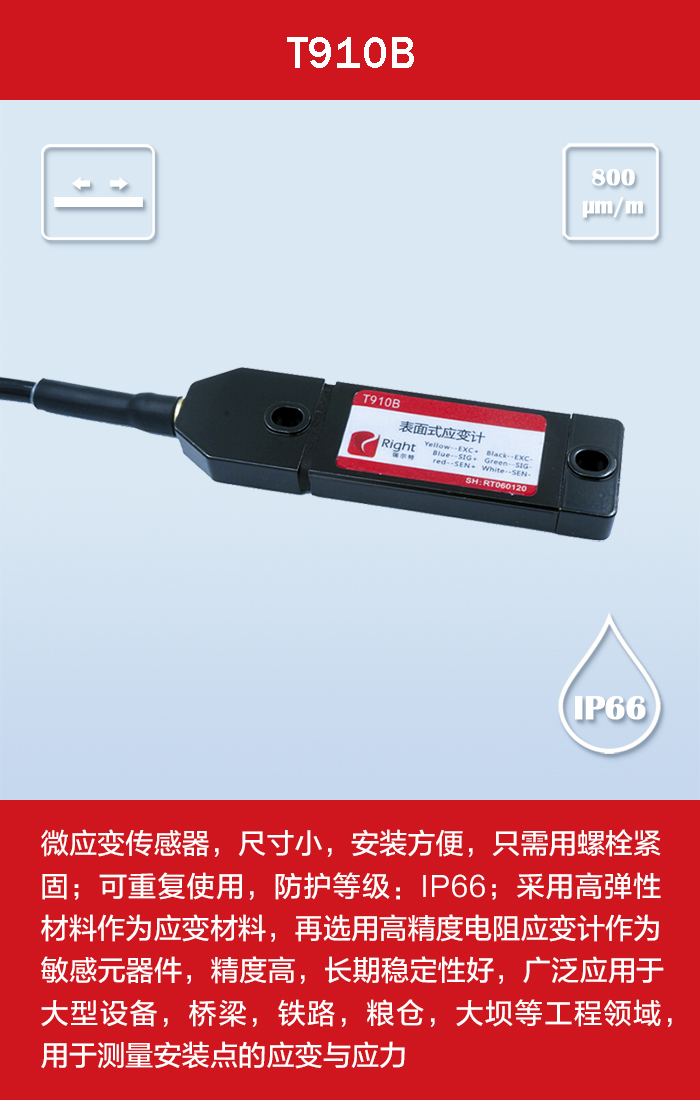NEWS
Focus on Right, share the wonderful moments of enterprises and exhibitions, popularize product technical knowledge, and answer frequently asked questions
News Center
How to select a sextant sensor?
- Categories:Technical knowledge
- Time of issue:2020-07-27 12:04
(Summary description)Six-component sensors are relatively "fragile" sensors, and their selection is closely related to the application scenario, so the difficulty of different choices lies in the diversity and complexity of applications.
How to select a sextant sensor?
(Summary description)Six-component sensors are relatively "fragile" sensors, and their selection is closely related to the application scenario, so the difficulty of different choices lies in the diversity and complexity of applications.
- Categories:Technical knowledge
- Time of issue:2020-07-27 12:04
- Views:
A sextant sensor is a relatively "fragile" sensor, and its selection is closely related to the application scenario, so the difficulty of different choices lies in the diversity and complexity of applications.
Since the range of a sextant sensor is inversely proportional to its accuracy, how to choose the right range to maximize accuracy? In complex application scenarios, can the sensor body be adapted to the application scenario in addition to accuracy? How to install the sextant force sensor in a small space and how to integrate it with the mechanical device?
In the ever-changing application environment, it is important to select the right sextant sensor, which can be summarized in four core steps:
1) Determine range requirements
Loads include external loads and acceleration loads. p=Pa Pe
Force loads include flanges, tool fixtures and external forces (e.g. grinding and assembly forces), and then Fx Fy Fz is calculated using direct or quadratic projection.
Moment estimation M = Ma + Me
Me = r × Fe
2) Determining the use environment
When selecting a sextant sensor, different environments need to be considered for different protection. For example, in the experimental environment, the main consideration is the room temperature and the absence of dust and liquid. Selecting sensors with common sensors;
In the industrial field environment, when there are scenarios of dust, grinding liquid, high temperature, etc., different IP protection should be selected as needed;
In the outdoor environment, consider wind, sunlight and rain; in underwater applications, whether it is impure water and the length of underwater operations; in the aerospace field, environmental factors such as ultra-low temperature and vacuum need to be considered.
3) Determine the mechanical outlet requirements
Different outlet patterns should be considered for different installation environments, and ATI offers a variety of outlet patterns.
Scan the QR code to read on your phone
- Related Reading
Follow us for more information
-
 【 Official WeChat 】
【 Official WeChat 】
-
 【 Mobile Website 】
【 Mobile Website 】
Tel: 400-8067-299
- Service Hotline 400-8067-299
- Service Mailbox right@ritcl.com
- Pre-sales Advice 189 2107 0677
 Follow Right
Follow Right







